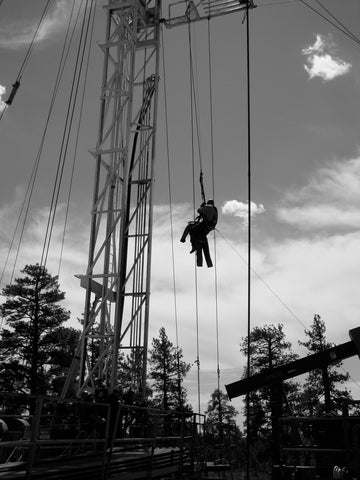It has happened and there are accounts of it. Because it's relatively sudden in onset and brain death can occur alarmingly quickly, it's (IIRC) the reason why the CIC assessment(s) for mid rope rescue give you a 6 minute window to effectively and capably execute the rescue, be it traverse, ascent to descent, or descent to descent, past a deviation or rebelay (and if you can't do it in this time, you fail or get deferred for re-assessment ); sudden onset can result in death but I think the main reason for the time constraint(s) is to ensure an airway can be maintained in the event of unconsciousness on rope. In reality my guess/hunch is that most mid-rope emergencies wouldn't get solved in anything even remotely sub-six-minutes so the casualty would have to rely on good fortune/luck etc.. Mid rope rescue isn't something to entertain lightly as it can easily result in additional collateral. By the time cave rescue have turned up I would imagine it's a case of que sera, sera. I also recall it has other names/terms such as Harness Induced Pathology, Orthostatic Intolerance etc., but admittedly it has been a while since I re-upped on this topic. Despite its rarity it should be food for thought for all cavers doing SRT because my feeling is that many cavers believe that being able to progress on rope up/down/sideways equates to being an SRT caver whereas the full gamut of techniques including rigging/derigging/improvised and full rescue would be my preferred definition for being "able to do SRT".






